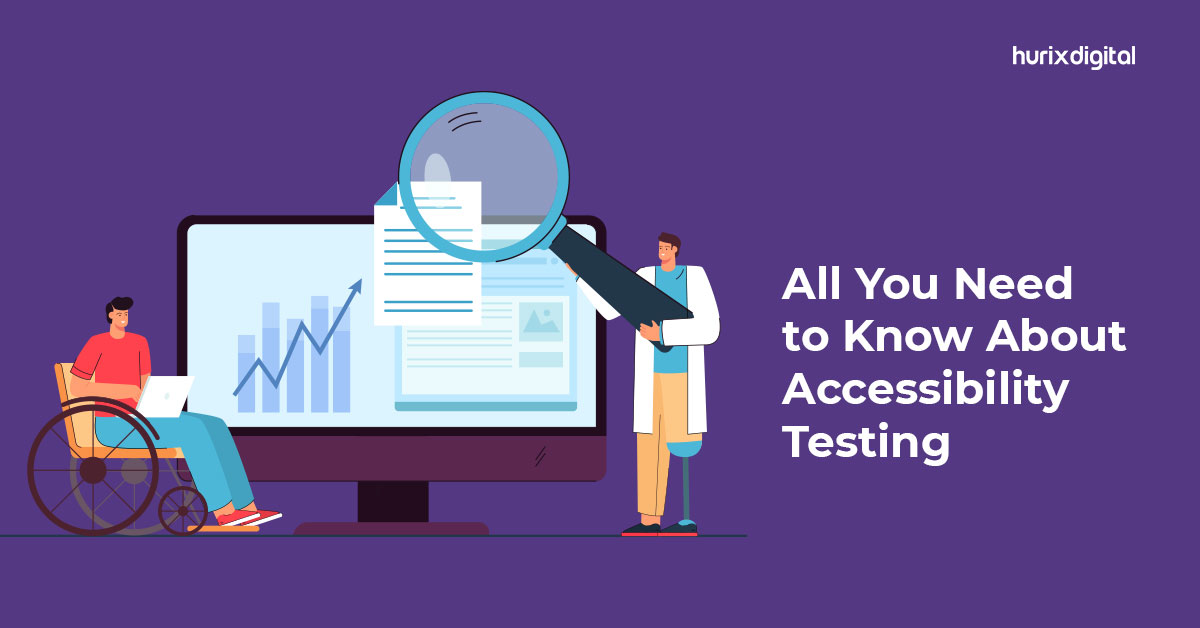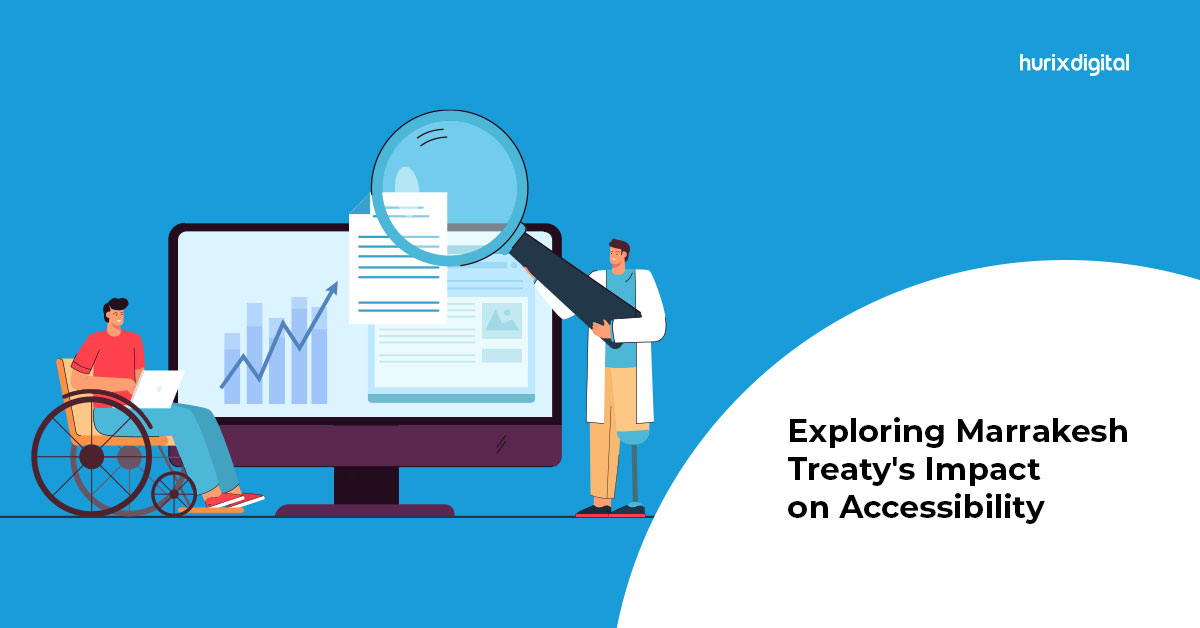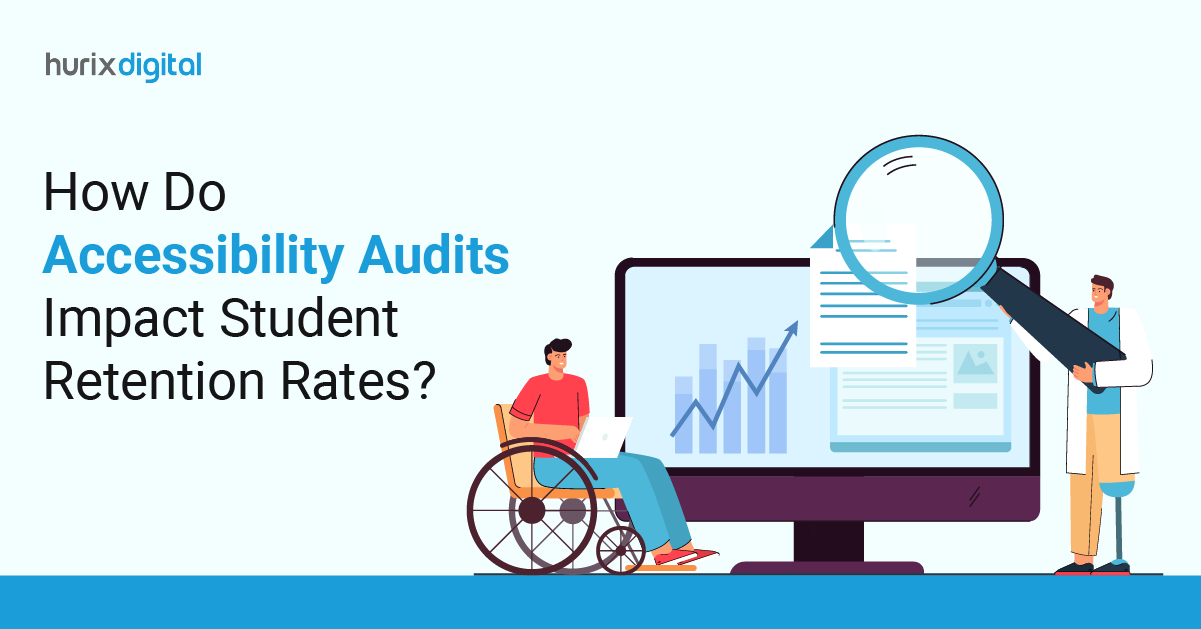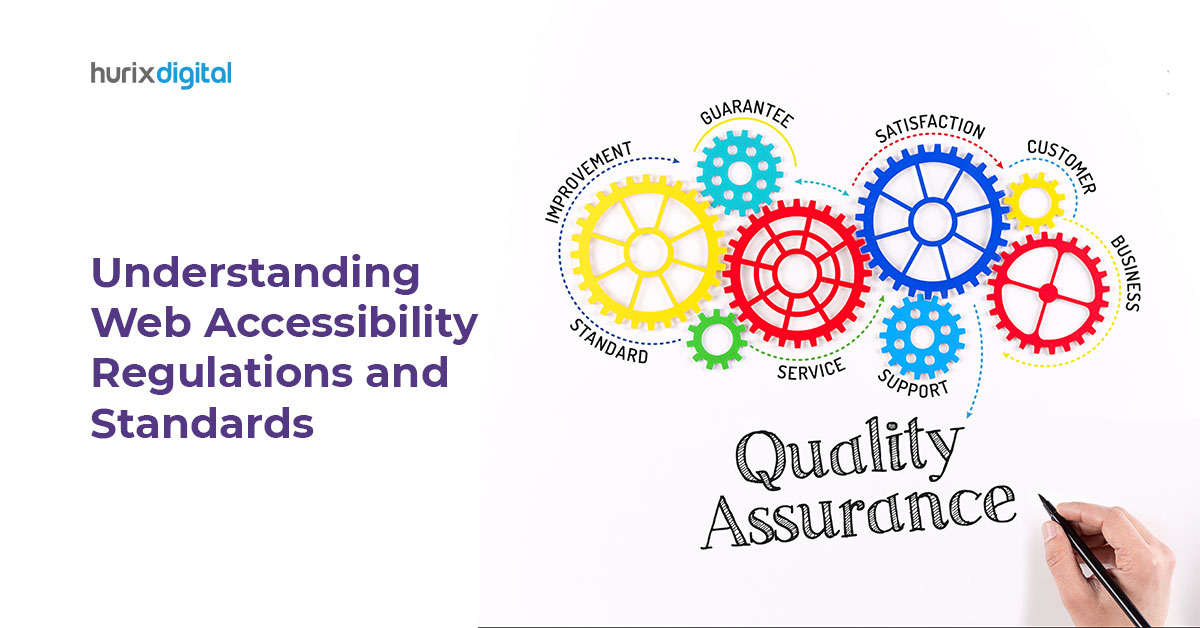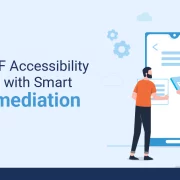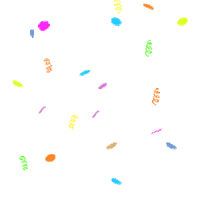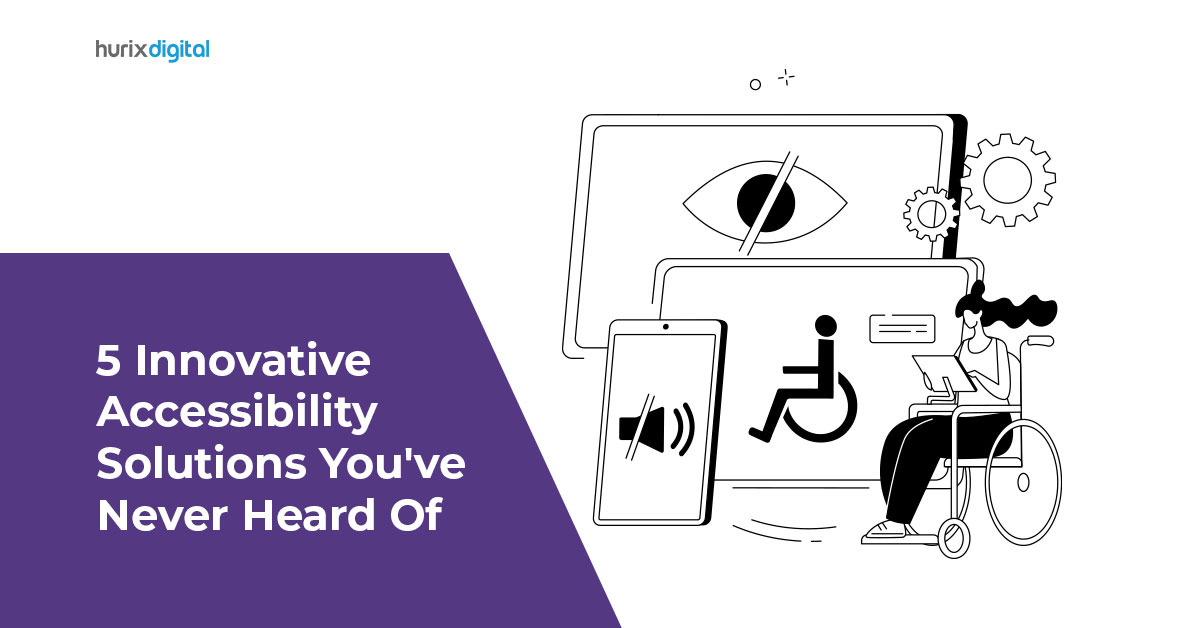
5 Innovative Accessibility Solutions You’ve Never Heard Of
Summary
This blog explores five innovative accessibility solutions that are transforming the lives of people with disabilities, such as inclusive playgrounds, braille smartwatches, sign language gloves, assistive exoskeletons, and scent-based navigation systems. It highlights how technology and thoughtful design can break down barriers and foster inclusion.
Have you ever wondered how the combination of technology and accessibility can transform the lives of individuals with disabilities? Buckle up because we’re about to embark on a thrilling journey to explore five super-innovative accessibility solutions that are truly game-changers.
These remarkable creations go beyond the traditional and dare to think outside the box, breaking barriers and creating a more inclusive world for everyone through the power of accessibility technology.
From playgrounds that put a smile on every child’s face to gloves that give sign language a voice, these innovative accessibility solutions are making the impossible possible. They’re transforming the way people with disabilities interact with the world and shattering stereotypes, one innovation at a time.
Read on to find out more!
Table of Contents:
5 Innovative Accessibility Solutions That Are Game-Changers
1. Inclusive Playgrounds: Play Is For All
When we talk about innovative accessibility solutions, inclusive playgrounds are making waves. They are transforming the lives of children with disabilities by providing safe, engaging, and fun spaces where they can play and learn.
Inclusive playgrounds showcase the best practices in accessibility. They often surpass WCAG compliance, by integrating a wide range of accessible play equipment and thoughtfully designed layouts.
Children with and without disabilities can benefit from these inclusive spaces as they promote social interaction and foster empathy.
A shining example of this is the Magical Bridge Playground in Palo Alto, California. Designed by accessibility companies and community members, the playground features wheelchair-friendly ramps and swings, tactile play areas for visually impaired children, and cozy spaces for those with sensory sensitivities.
This web of accessibility solutions ensures that no child feels left out, regardless of their abilities.
Another outstanding example is the Tatum’s Garden playground in Salinas, California. This fully inclusive playground boasts a rubberized surface, wheelchair-accessible play structures, and sensory-rich experiences.
This is all thanks to the collaborative efforts of accessibility professionals and passionate community members.
2. Braille Smartwatch: Time Beyond Vision
Braille smartwatches are an outstanding example of web accessibility solutions that are transforming the lives of visually impaired individuals. Designed by accessibility professionals and visionaries, these smartwatches break the barriers of traditional timekeeping and connectivity by incorporating advanced technology to assist those with vision disabilities.
One notable example of such a pioneering device is the Dot Watch. Developed by one of the leading accessibility companies, the Dot Watch offers a sleek design combined with a braille display that keeps users informed of the time, incoming messages, and even social media notifications.
The watch can also be paired with smartphones, making it a versatile and practical accessibility solution.
Another impressive example is the Blitab, a braille smartwatch that doubles as a tablet for the visually impaired. The Blitab offers a tactile screen with a braille display, enabling users to read e-books, browse the web, and access various applications.
Also Read: What are Accessibility Solutions? 9 Best Web Accessibility Solutions to Consider
3. Sign Language Gloves: Communication Without Hearing
Sign language gloves are a groundbreaking innovation in accessibility solutions, bridging the communication gap between hearing-impaired and hearing individuals. These wearable devices are designed to translate sign language into audible speech in real time, fostering more effective and inclusive communication.
One remarkable example of sign language gloves is the SignAloud, created by two University of Washington students. These gloves use sensors to detect hand gestures and movements, which are then translated into spoken language through a connected device.
BrightSign is another interesting innovation that not only translates sign language into speech but also has the capability to send a translated text to smartphones.
4. Assistive Exoskeletons: It’s About the Spirit!
Assistive exoskeletons are revolutionizing the realm of accessibility solutions, offering life-changing support to individuals with mobility impairments. These wearable robotic devices provide physical assistance, enabling users to walk, stand, or move with greater ease and independence.
A notable example of an assistive exoskeleton is the ReWalk system. This cutting-edge wearable device allows individuals with lower limb disabilities, such as paraplegia, to walk again.
The exoskeleton supports users in standing, walking, and even climbing stairs, granting them newfound freedom and autonomy.
Another inspiring example is the Ekso Bionics’ EksoGT exoskeleton. Specifically designed for stroke and spinal cord injury rehabilitation, this device assists patients in regaining their mobility through a combination of motors and sensors that provide real-time feedback to both the user and the therapist.
By facilitating gait training and improving mobility, the EksoGT empowers patients on their journey to recovery and independence.
5. Scent-Based Navigation Systems: Let Your Nose Guide the Way!
Scent-based navigation systems are accessibility solutions that aim to provide an alternative way for visually impaired individuals to navigate indoor spaces by using distinct scents as markers, ultimately enhancing their independence and autonomy.
One interesting example is the “Smelly Maps” project by researchers at the University of Cambridge. This initiative focuses on mapping urban environments based on the smells present in different areas.
By providing a sensory-rich representation of the cityscape, visually impaired individuals can gain a better understanding of their surroundings, potentially paving the way for more advanced scent-based navigation systems in the future.
Also Read: How Vital is Web Accessibility in The Digital World?
One Size Does Not Fit All!
Unique accessibility solutions make this world a home for all and not just for a few! While we may call it a “disability” just because someone is different, it might truly be a special ability that makes the world wonderful.
These ingenious and innovative accessibility solutions prove that with creativity, perseverance, a touch of ingenuity, and a bit of accessibility testing, we can break down barriers and build an inclusive society for all.
So, let’s continue to celebrate these extraordinary innovations and champion the power of accessible technology. After all, a world that embraces everyone’s unique abilities is a world that’s truly worth exploring.
Here’s to a future that’s as bright, inclusive, and diverse as the innovations we’ve just discovered together!
Are you ready to revolutionize the world of accessibility with cutting-edge solutions? Hurix Digital is at the forefront of creating an inclusive and diverse future, and we invite you to connect with us!
At Hurix, we believe that technology has the power to break barriers and create endless possibilities. Get in touch with us today to explore how you can use state-of-the-art technology to advance your organization!

Vice President – Digital Content Transformation. He is PMP, CSM, and CPACC certified and has 20+ years of experience in Project Management, Delivery Management, and managing the Offshore Development Centre (ODC).
